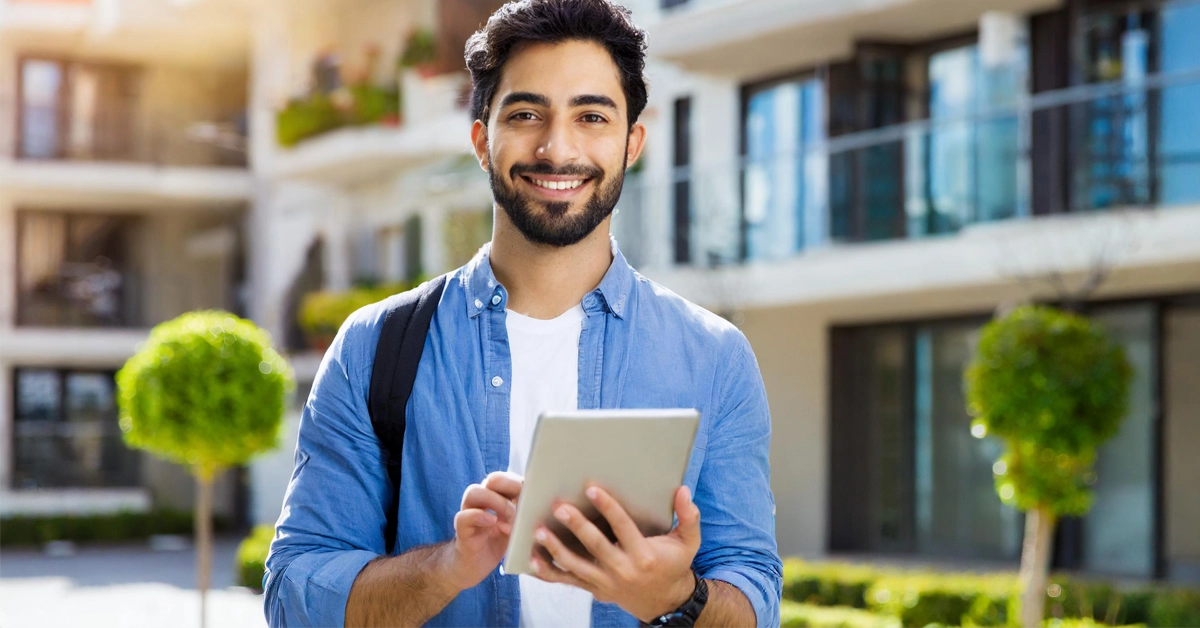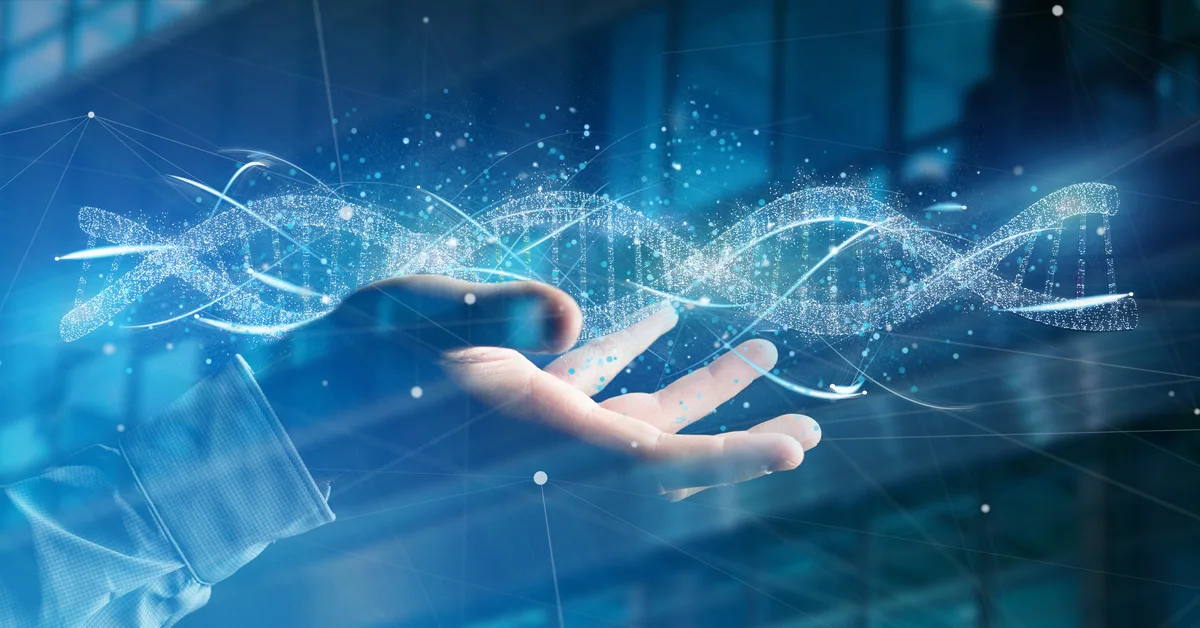

The key components of in-building internet infrastructure include fiber optic cabling, distributed antenna systems (DAS), power over Ethernet (PoE) switches, network routers, switches, in-building repeaters, and cloud-based management systems. These components work together to ensure reliable and efficient internet connectivity within a building.
MDU Internet Infrastructure Used Currently For Commercial Applications in 2024
Fiber optic cabling plays a crucial role in enhancing in-building internet connectivity by providing high-speed data transmission over long distances. Fiber optic cables use light signals to transmit data, allowing for faster and more reliable internet connections compared to traditional copper cables. This technology is essential for supporting the increasing demand for bandwidth in modern buildings.
Multi-dwelling unit (MDU) residents no longer just expect a roof over their heads; they demand a reliable connected existence. Connectivity is key. The internet isnot only an indispensable utility, but one that MDU residents expect property owners to provide. This post explores why a reliable internet service is crucial for property management and the potential consequences of dead spots, slow speeds, and internet downtime.

Posted by on 2024-02-07
Greetings from the technical forefront of Dojo Networks, your community’s internet service provider. In this article, we embark on a technical journey to explore the intricacies of WiFi connectivity within your apartment complex. As WiFi ninjas, we'll delve into the advanced mechanisms and protocols underpinning our managed network, detail the disruptive influence caused by personal routers, and explain why a unified approach from all residents is essential for ensuring optimal internet performance.

Posted by on 2024-01-18
It’s in our DNA. It made us who we are. DojoNetworks got its start more than 20 years ago as an internet company selling retail direct to MDU residents. We sold against the big carriers… one customer at a time. To win over–and retain–customers who assumed the cable company was their only option, we had to provide better value and better service. No other service provider in our industry, no one, has this amount of direct-to-customer experience or success. The carriers were used to being the only game in town, and the other MSPs all started with bulk, knowing they had a captive audience. A few MSPs are just now starting to offer opt-in service and have a year or two of experience.

Posted by on 2023-10-30
Smart apartment buildings, equipped with cutting-edge technology and automation systems, are becoming the new standard in property management. In this comprehensive guide, we will explore the concept of smart apartment buildings, the benefits they offer to owners and tenants, how to build or upgrade to one, the key features and technologies involved, and the steps to plan and implement a smart apartment building strategy.

Posted by on 2023-09-25
For students and other multi-tenant property residents, high-speed internet service is no longer a luxury. It’s a necessity. Internet access is commonly referred to as the “fourth utility” and is viewed by many to be THE MOST IMPORTANT UTILITY™.

Posted by on 2023-07-20
Distributed antenna systems (DAS) are important for improving wireless coverage within a building by distributing cellular signals more effectively. DAS consists of a network of antennas that are strategically placed throughout the building to enhance signal strength and coverage. This helps to eliminate dead zones and ensure seamless connectivity for mobile devices.

Power over Ethernet (PoE) switches contribute to the efficiency of in-building internet infrastructure by providing power and data connectivity over a single Ethernet cable. This eliminates the need for separate power sources for devices such as IP cameras, VoIP phones, and wireless access points, simplifying installation and reducing costs. PoE switches also allow for remote management and monitoring of connected devices.
Network routers and switches play a crucial role in managing internet traffic within a building by directing data packets to their intended destinations. Routers determine the best path for data to travel between devices on the network, while switches facilitate communication between devices within the same network. These components help to ensure smooth and efficient data transmission within the building.

In-building repeaters help boost cellular signals for better connectivity by amplifying and retransmitting signals within the building. These devices are especially useful in areas with poor cellular coverage, such as basements or interior rooms. In-building repeaters enhance signal strength and improve call quality, making it easier for occupants to stay connected.
Implementing a cloud-based management system for in-building internet infrastructure offers several benefits, including centralized control, remote monitoring, and scalability. Cloud-based systems allow administrators to manage and monitor network devices from anywhere with an internet connection, simplifying maintenance and troubleshooting. Additionally, cloud-based solutions can easily scale to accommodate the growing needs of a building's internet infrastructure.

Implementing Wi-Fi mesh networks in MDU environments offers numerous benefits for residents and property managers alike. By utilizing a mesh network, multiple access points can be strategically placed throughout the building to ensure seamless coverage and eliminate dead zones. This results in improved connectivity, faster internet speeds, and enhanced overall user experience. Additionally, Wi-Fi mesh networks are scalable and can easily accommodate the growing number of connected devices in modern households. They also provide increased security features such as encryption and network segmentation, protecting sensitive data and ensuring privacy. Overall, the implementation of Wi-Fi mesh networks in MDU environments leads to higher tenant satisfaction, improved property value, and a competitive edge in the real estate market.
Centralized subscriber management systems for MDUs involve a single point of control and administration for all subscribers within a multi-dwelling unit. This system typically relies on a central server or platform to manage user accounts, access permissions, and service provisioning. In contrast, distributed subscriber management systems for MDUs distribute control and administration functions across multiple devices or nodes within the network. This decentralized approach allows for greater flexibility and scalability, as well as improved fault tolerance and redundancy. Additionally, distributed systems can offer better performance and lower latency by reducing the reliance on a single centralized server. Overall, the choice between centralized and distributed subscriber management systems for MDUs will depend on factors such as the size of the network, the level of control required, and the desired level of scalability and redundancy.
GPON technology, or Gigabit Passive Optical Network technology, enables internet access in MDUs, or Multi-Dwelling Units, by utilizing a fiber-optic network to deliver high-speed broadband services to multiple residential units within a single building. This technology allows for the efficient sharing of bandwidth among residents, ensuring reliable and fast internet connectivity for all users. By using a centralized optical line terminal (OLT) to distribute data to individual optical network terminals (ONTs) in each unit, GPON technology minimizes the need for extensive cabling and equipment within the building, making it a cost-effective solution for providing internet access in MDUs. Additionally, GPON technology supports advanced features such as Quality of Service (QoS) and multicast capabilities, further enhancing the overall internet experience for residents in MDUs.
There are several options available for providing internet access to common areas within MDU complexes. One option is to install a Wi-Fi network that covers the entire complex, allowing residents to access the internet from common areas such as the lobby, pool area, or fitness center. Another option is to set up internet kiosks in these areas, providing residents with a dedicated space to access the internet. Additionally, some MDU complexes may offer internet access through partnerships with local internet service providers, allowing residents to connect to the internet in common areas using their own devices. Overall, there are various solutions available to ensure that residents have access to the internet in common areas within MDU complexes.
One strategy for ensuring reliable internet connectivity in high-density MDUs is to implement a robust network infrastructure that can handle the increased demand for bandwidth. This may involve deploying fiber-optic cables, utilizing advanced networking equipment, and implementing quality of service (QoS) protocols to prioritize traffic. Additionally, utilizing mesh networking technology can help extend coverage throughout the building and mitigate interference from neighboring networks. Another approach is to work closely with internet service providers to ensure that they can deliver high-speed and reliable connections to residents. Implementing redundancy measures, such as backup power supplies and multiple internet connections, can also help minimize downtime and ensure continuous connectivity. Regular maintenance and monitoring of the network can help identify and address any issues before they impact residents' internet experience. Overall, a combination of technological solutions, collaboration with service providers, and proactive maintenance can help ensure reliable internet connectivity in high-density MDUs.
In MDU internet setups, network congestion can be mitigated through various steps such as implementing Quality of Service (QoS) protocols to prioritize traffic, utilizing bandwidth management tools to allocate resources efficiently, deploying caching servers to reduce repetitive data transmission, implementing load balancing techniques to evenly distribute traffic, upgrading network infrastructure to support higher bandwidth capacity, and monitoring network performance to identify and address congestion issues promptly. Additionally, optimizing network configurations, implementing traffic shaping policies, and utilizing advanced routing protocols can also help alleviate congestion in MDU internet setups. By employing these strategies, property managers can ensure a smooth and reliable internet experience for residents in multi-dwelling units.